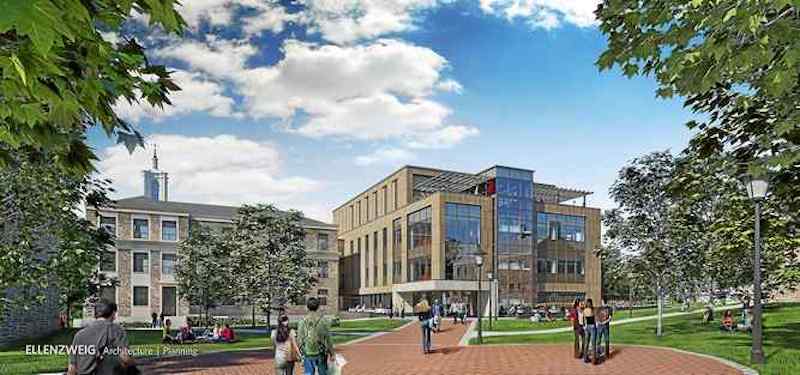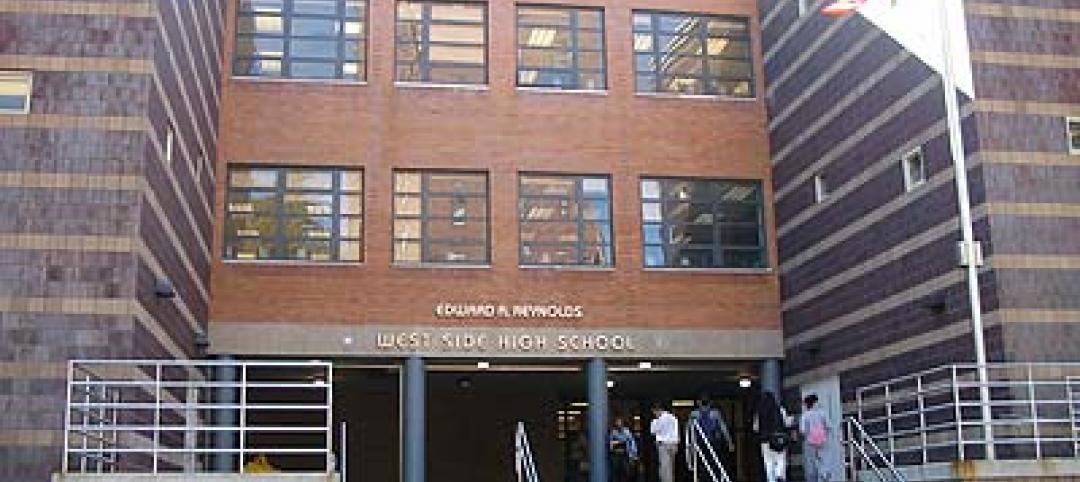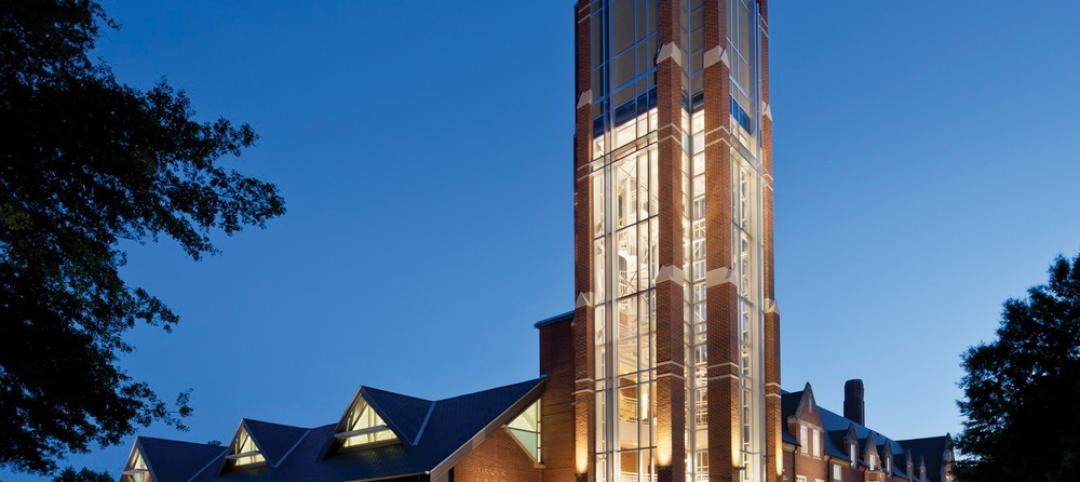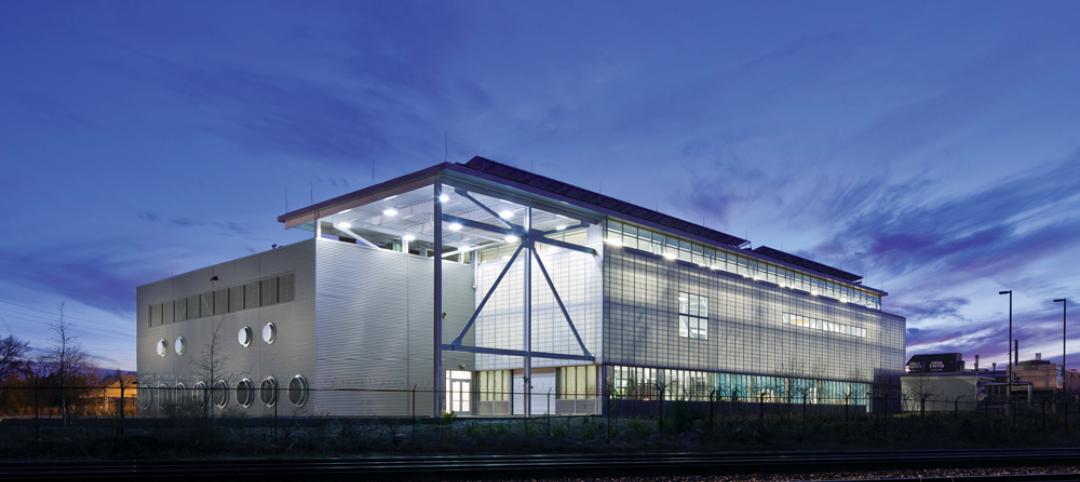More than half of the school districts and colleges responding to a recent survey expect to initiate construction projects in 2017, the majority of which will be major renovations or modernizations.
College Planning & Management, which conducted the survey for its annual “2017 Facilities and Construction Brief,” also found that few school districts or institutions are banking on more funds being made available for future construction projects.
The magazine bases its mostly optimistic projections partly on demographic data that project enrollment of 18 to 24 year olds by degree-granting postsecondary institutions to increase by 13% between 2013 and 2024. Enrollment of 25 to 34 year olds during that period is expected to grow by 17%, and by 10% for enrollees 35 or older.
The report notes that while the nation’s population grew last year by 0.7%, numerical gains were concentrated in 10 states, led by Texas (432,957), Florida (367,525), and California (256,077). Contrarily, eight states lost population: Connecticut, Illinois, Mississippi, New York, Pennsylvania, Vermont, West Virginia, and Wyoming.
“We know that the population of the U.S. is growing, and along with it enrollment of our K-12 schools,” the report states. “We know there is an ongoing deferred maintenance problem and a need to invest in the improvement of existing facilities. And we know that construction and renovation of educational facilities [are] finally on the rise.”
The Census Bureau estimates that spending on education construction (which includes museums and libraries) in 2016 increased by 6.5% to $88.9 billion, the most spent since 2009 and the largest year-over-year percentage gain since 2008.
Drilling down, the report takes a closer look at past and future construction for both K-12 and colleges.
Based on responses from 90 preK-12 school districts in 33 states, 44% neither completed any construction projects in 2016, nor had any completions planned for this year. Another 47% said they wouldn’t be starting any new products this year, either.
On the positive side, 39% completed major renovations or modernizations in 2016, 34% will start a major renovation or modernization this year, and another 20% expect to complete one of these projects in 2017.
Sixteen percent of the responding school districts completed an addition last year, 16% will start an addition this year, and 18% will complete an addition in 2017.
Eighteen percent of preK-12 districts completed a new or replacement building in 2016, 27% will start one this year, and 21% will complete such a project in 2017.
Based on responses from 73 colleges or universities operating in 36 states, 27% did no construction in 2016, 32% have no construction scheduled for completion this year, and 37% have no plans to start construction in 2016.
But nearly three in five of the respondents—59%— completed a renovation or modernization in 2016, 47% plan to start such a project this year, and 53% expect to complete one in 2017.
Nearly one in five—19%—completed an addition last year, 15% will start one this year, and 28% expect to complete an addition in 2017. More than a quarter of respondents—26%—completed a new or replacement building in 2016, 27% will start one in 2017, and 36% will start one this year.
Given the strength of this construction activity, uncertainties about financing cloud future projects. Thirty-six percent of school districts thought that fewer funds would be available to them, and nearly two-fifths—39%—thought available funding would be flat. Among the college/university respondents, 43% expected to have fewer funds at their disposal, and one-third thought their funding wouldn’t change.
Related Stories
| Jul 2, 2013
LEED v4 gets green light, will launch this fall
The U.S. Green Building Council membership has voted to adopt LEED v4, the next update to the world’s premier green building rating system.
| Jul 1, 2013
Report: Global construction market to reach $15 trillion by 2025
A new report released today forecasts the volume of construction output will grow by more than 70% to $15 trillion worldwide by 2025.
| Jun 28, 2013
Building owners cite BIM/VDC as 'most exciting trend' in facilities management, says Mortenson report
A recent survey of more than 60 building owners and facility management professionals by Mortenson Construction shows that BIM/VDC is top of mind among owner professionals.
| Jun 20, 2013
Virtual meetings enhance design of University at Buffalo Medical School
HOK designers in New York, St. Louis and Atlanta are using virtual meetings with their University at Buffalo (UB) client team to improve the design process for UB’s new School of Medicine and Biomedical Sciences on the Buffalo Niagara Medical Campus.
| Jun 17, 2013
DOE launches database on energy performance of 60,000 buildings
The Energy Department today launched a new Buildings Performance Database, the largest free, publicly available database of residential and commercial building energy performance information.
| Jun 12, 2013
More than 90% of New York City schools have code violations
More than 90% of New York City schools have at least one outstanding building code violation. Loose wires, stuck doors and inadequate ventilation are just some of the problems.
| Jun 12, 2013
5 building projects that put the 'team' in teamwork
The winners of the 2013 Building Team Awards show that great buildings cannot be built without the successful collaboration of the Building Team.
| Jun 12, 2013
Sacred synergy achieves goals for religious education [2013 Building Team Award winner]
A renovation/addition project at Columbia Theological Seminary unites a historic residence hall with a modern classroom facility.
| Jun 11, 2013
Vertical urban campus fills a tall order [2013 Building Team Award winner]
Roosevelt University builds a 32-story tower to satisfy students’ needs for housing, instruction, and recreation.
| Jun 11, 2013
Building a better box: High-bay lab aims for net-zero [2013 Building Team Award winner]
Building Team cooperation and expertise help Georgia Tech create a LEED Platinum building for energy science.

















